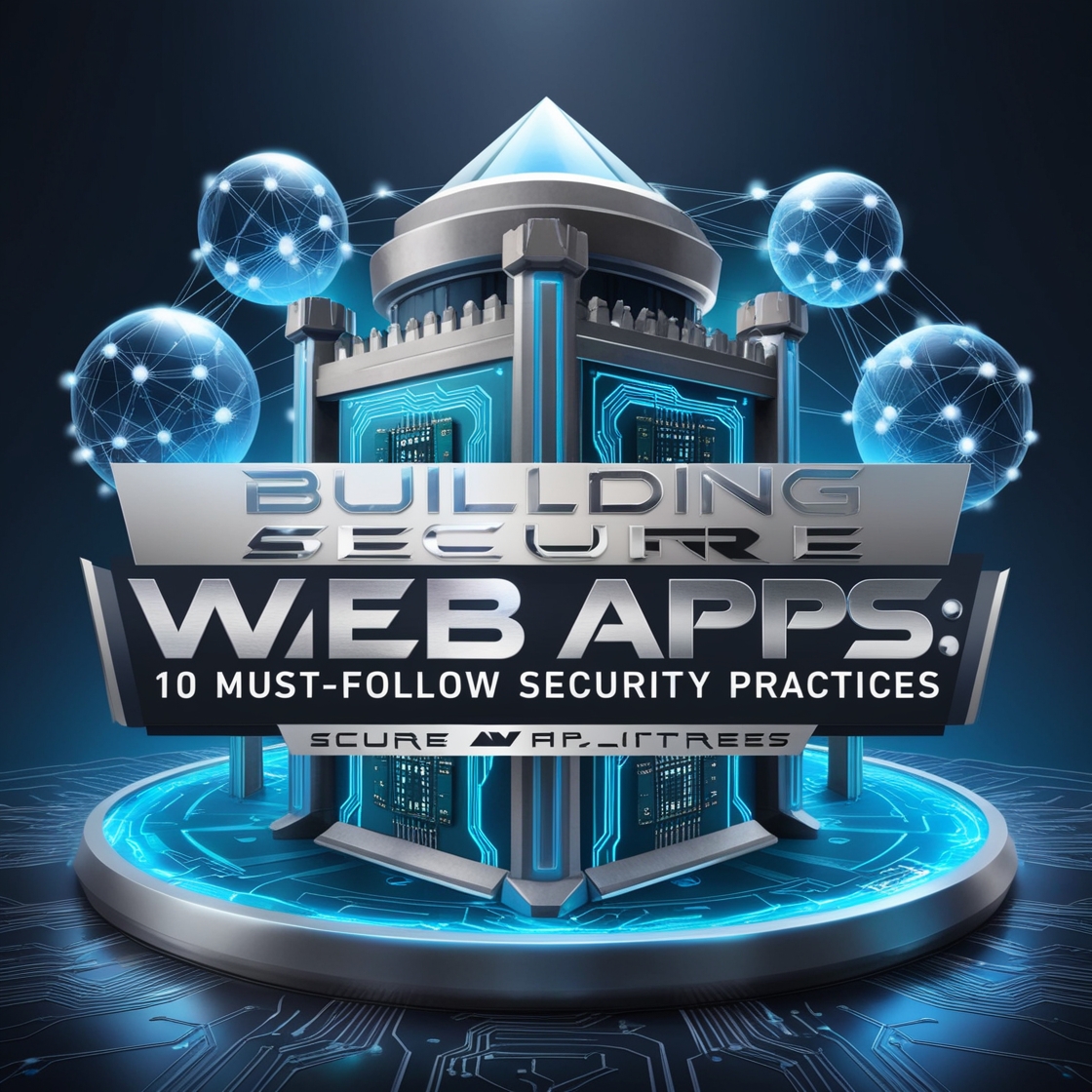Introduction
When developing web applications, prioritizing security is essential. With cyber threats evolving daily, vulnerabilities in a web app can lead to serious data breaches, compromising user data and business integrity. But building secure web apps doesn’t have to be overwhelming—by following essential practices, you can minimize risks and build trust with your users.
Understanding Common Security Threats
Before diving into security practices, it’s important to understand some of the most common security threats that web applications face:
SQL Injection Attacks
SQL injection involves malicious code being injected into a query. This can compromise your database and expose sensitive data.
Cross-Site Scripting (XSS)
XSS allows attackers to inject client-side scripts into web pages. This can lead to data theft, session hijacking, and more.
Cross-Site Request Forgery (CSRF)
CSRF tricks users into performing actions they didn’t intend to by leveraging their authenticated session.
Distributed Denial of Service (DDoS)
DDoS attacks flood a site with traffic to crash the server, causing downtime and loss of user access.
Essential Security Practices for Web Apps
To build a secure web app, these practices provide a solid foundation.
Secure Your Authentication Process
Strong authentication practices are the first line of defense in protecting user accounts.
Implement Multi-Factor Authentication (MFA)
Using MFA can drastically reduce unauthorized access by requiring a secondary verification method.
Enforce Strong Password Policies
Encourage users to create strong passwords and implement requirements like minimum length and complexity.
Encrypt Sensitive Data
Encryption ensures that even if data is compromised, it remains unreadable to attackers.
SSL/TLS for Data Transmission
SSL/TLS protocols encrypt data in transit, protecting information from interception.
Database Encryption
Encrypt sensitive data stored in the database, such as user credentials and personal information.
Sanitize User Inputs
User input is a common attack vector. Sanitize inputs to prevent malicious code from affecting your application.
Prevent SQL Injection with ORM
Object-Relational Mapping (ORM) tools can reduce SQL injection risk by using prepared statements.
Input Validation Techniques
Limit user inputs to safe characters and validate data before it’s processeUse Secure APIs
APIs are essential to many web apps, but they can also expose vulnerabilities if not properly secured.
Restrict API Access
Implement API keys and tokens to ensure that only authorized applications can access your API.
Use API Gateways
API gateways add a layer of security by managing traffic, authentication, and threat protection.
Regularly Update and Patch Software
Cybercriminals often target known vulnerabilities. By updating software, you reduce this risk.
Implement Secure Session Management
Session management is essential to prevent unauthorized access and protect user sessions.
Session Timeout Policies
Set sessions to expire after a period of inactivity to minimize risk if a device is left unattended.
Secure Cookie Management
Use secure and HttpOnly flags on cookies to protect against certain attacks.. Control User Access
Limit user permissions based on their role, reducing the risk of unauthorized access.
Role-Based Access Control (RBAC)
RBAC ensures that users only have access to what they need for their role.
Principle of Least Privilege
Grant users the minimum access necessary for their tasks Monitor and Log Activity
Regular monitoring and logging can help you detect unusual activity early on.
Intrusion Detection Systems (IDS)
IDS tools analyze network traffic for signs of malicious activity.
Logging and Monitoring Strategies
Log all significant actions within the app, and review logs regularly for potential issues. Backup Regularly
Backups protect against data loss due to attacks or other incidents.
Offsite and Encrypted Backups
Storing encrypted backups offsite adds a layer of protection against physical and digital threats.
Educate Your Team on Security Best Practices
A well-trained team is a crucial part of your security framework.
Continuous Training on Latest Threats
Provide ongoing training to keep everyone informed about new security risks.
Building a Security-First Culture
Encourage a security-first mindset in every stage of development.
Conclusion
Securing web applications is a multi-faceted task that requires vigilance, planning, and dedication. From protecting data to training your team, each practice strengthens your application against potential attacks. By implementing these security practices, you can build web applications that not only meet functionality goals but also stand strong against the ever-evolving landscape of cybersecurity threats.
FAQs
What is the most common vulnerability in web apps?
SQL injection and Cross-Site Scripting (XSS) are among the most common web application vulnerabilities.
How does multi-factor authentication enhance security?
MFA adds an additional verification step, making it harder for attackers to gain unauthorized access, even if they have the user’s password.
Why is it important to sanitize user inputs?
Sanitizing inputs prevents malicious data from entering your app, reducing the risk of SQL injection, XSS, and other attacks.
How often should I update my web application?
Update your app regularly, ideally as soon as updates are released, to address security vulnerabilities.
What role does encryption play in web security?
Encryption protects data both in transit and at rest, making it unreadable if intercepted or stolen.
